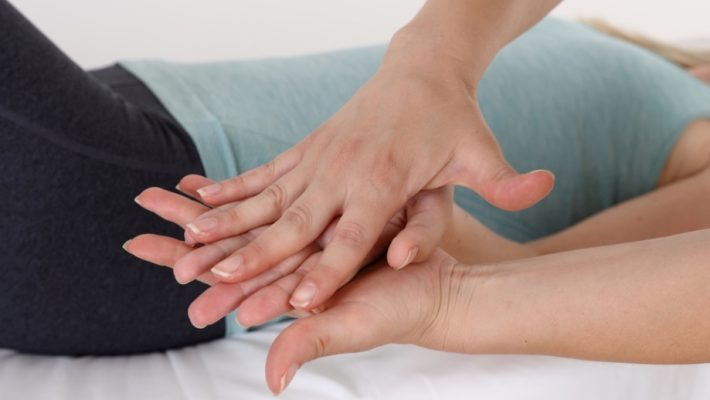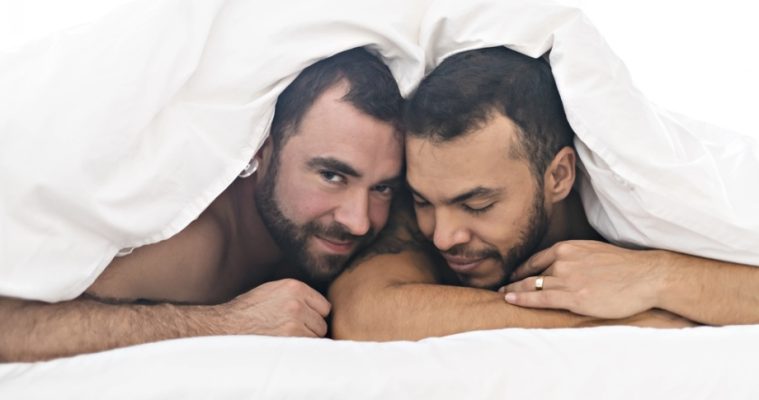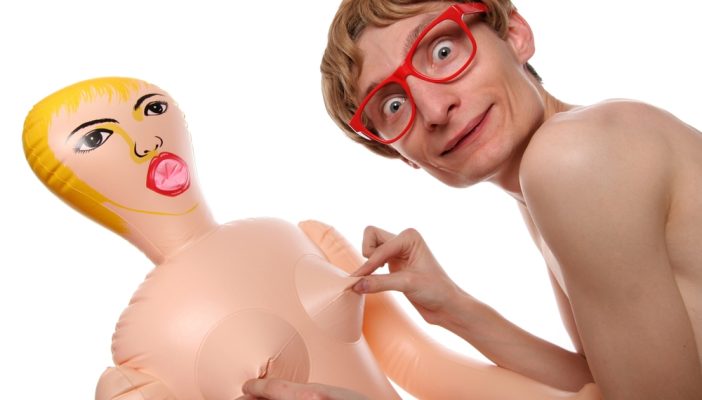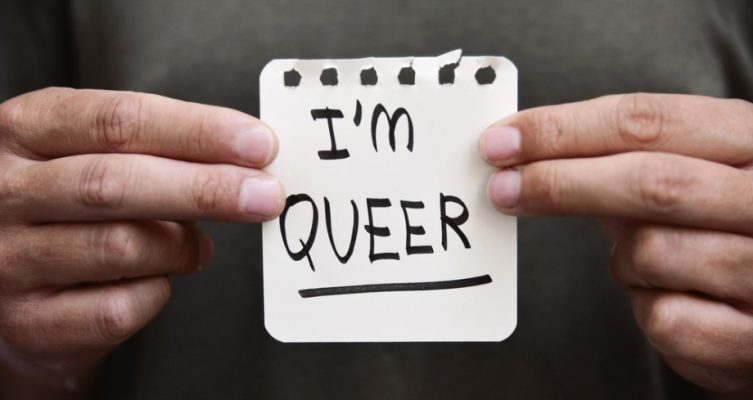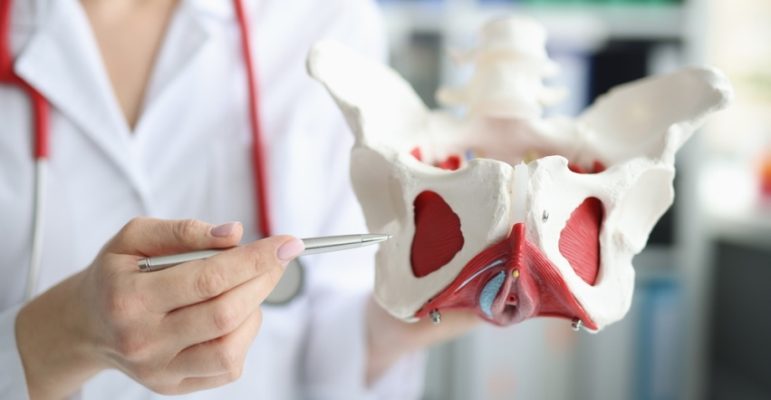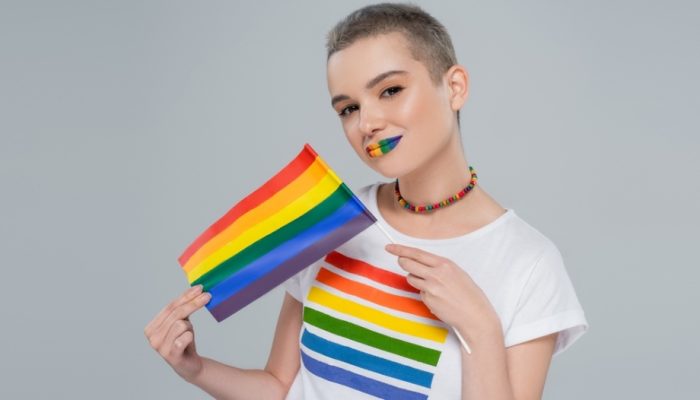
Each person is thought to have a certain Body Map, which is the idea in one’s consciousness about the size, shape, function, and mechanics of each of one’s body parts. In addition, one’s Body Map changes over time, because of changes in one’s emotional and sensory experiences and because of the fact that one’s body changes during one’s lifetime.

It’s interesting to note here that a person’s Body Map doesn’t need to (and often never entirely does) correspond with the objective, physical reality of their body. It’s rather an idea, a feel, a “translated” experience as a result of the various movements and sensory information of one’s body, both on an internal as an external level. In short, there may be a mismatch between one’s mental Body Map and one’s actual, concrete body.
Within some circles, it’s thought that part of what makes transgender people transgender or non-binary people non-binary is that they may have a certain innate or inborn Body Map that doesn’t correspond with their actual body. In fact, it makes them feel that an important part of their body does not belong to them, or is strange to them. It also means that they will tend to behave as if the Body Map is the real truth, and not the form/shape of their body.
The above translates into two psychological phenomena; a person may feel that a certain body part is lacking (for instance a penis) and should be there, or a person may feel that a certain body part shouldn’t be there at all (for instance a vagina). Perhaps needless to say that such an experience (either the one or the other) can be highly distressing and may lead to so-called Gender Dysphoria. As such, hormonal, non-surgical and/or surgical interventions would be a useful way of reducing or even removing their distress.
The term Body Image is somewhat related to the term Body Map, but is rather a moral judgment of one’s own body instead of an idea about the perceived or felt form and functionality of one’s body. Body Image relates to how people view themselves in terms of aesthetics or sexual attractiveness and involves their (positive, neutral, or negative) approach or attitude towards their own body, which is typically defined or influenced by prevalent social and cultural ideals.
When someone’s Body Image is negative, a person may feel self-conscious, unconfident, ashamed and/or distressed, while often feeling that other people are more attractive. This typically leads to a person being negatively affected emotionally and mentally, which in the long run may result in issues like eating disorders, social isolation, and/or mental illness.

Just as is the case with an individual who perceives incongruence between their actual body and their personal Body Map, a negative Body Image may result in a person focusing strongly on altering their physical appearance in order to come to a more positive Body Image, which includes actions like dieting, non-surgical “masking” intervention, or undergoing cosmetic surgery.
An important difference between Body Map incongruence and a negative Body Image is that it’s thought that a negative Body Image can be resolved by cultivating another attitude, one of Body Positivity through which a person learns to celebrate and appreciate their body as for how it is and by understanding that one’s physical appearance doesn’t reflect one’s character or worth as a person.
However, resolving Body Map incongruence is somewhat more complicated. On one side, people can learn to gain a more accurate mental Body Map through self-observation, self-inquiry and accompanying somatic exercises, which typically results in the ability to use one’s body more efficiently. On the other hand, (part of) one’s mental Body Map may be unalterable, that is, rather innate (inborn), which — for instance in the case of transgender people — may express itself as a deeply felt experience and certainty of the body as a sex other than that which it physically is.






